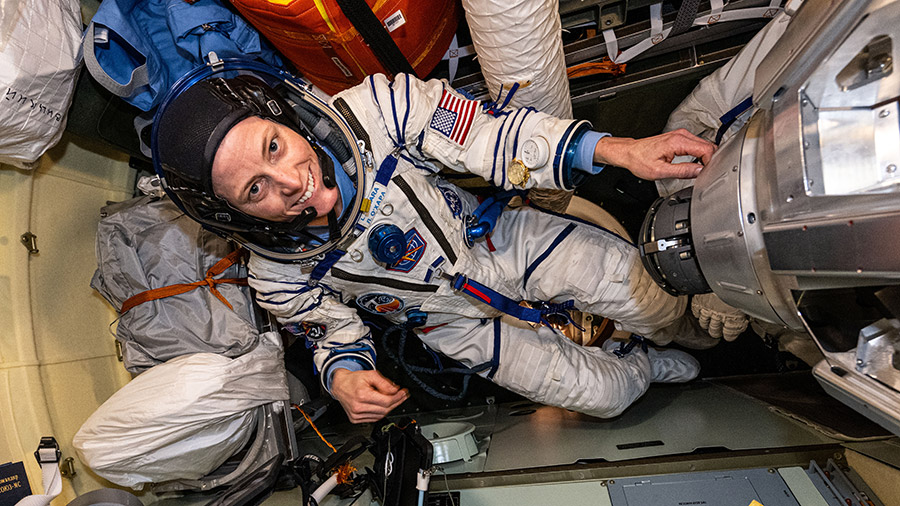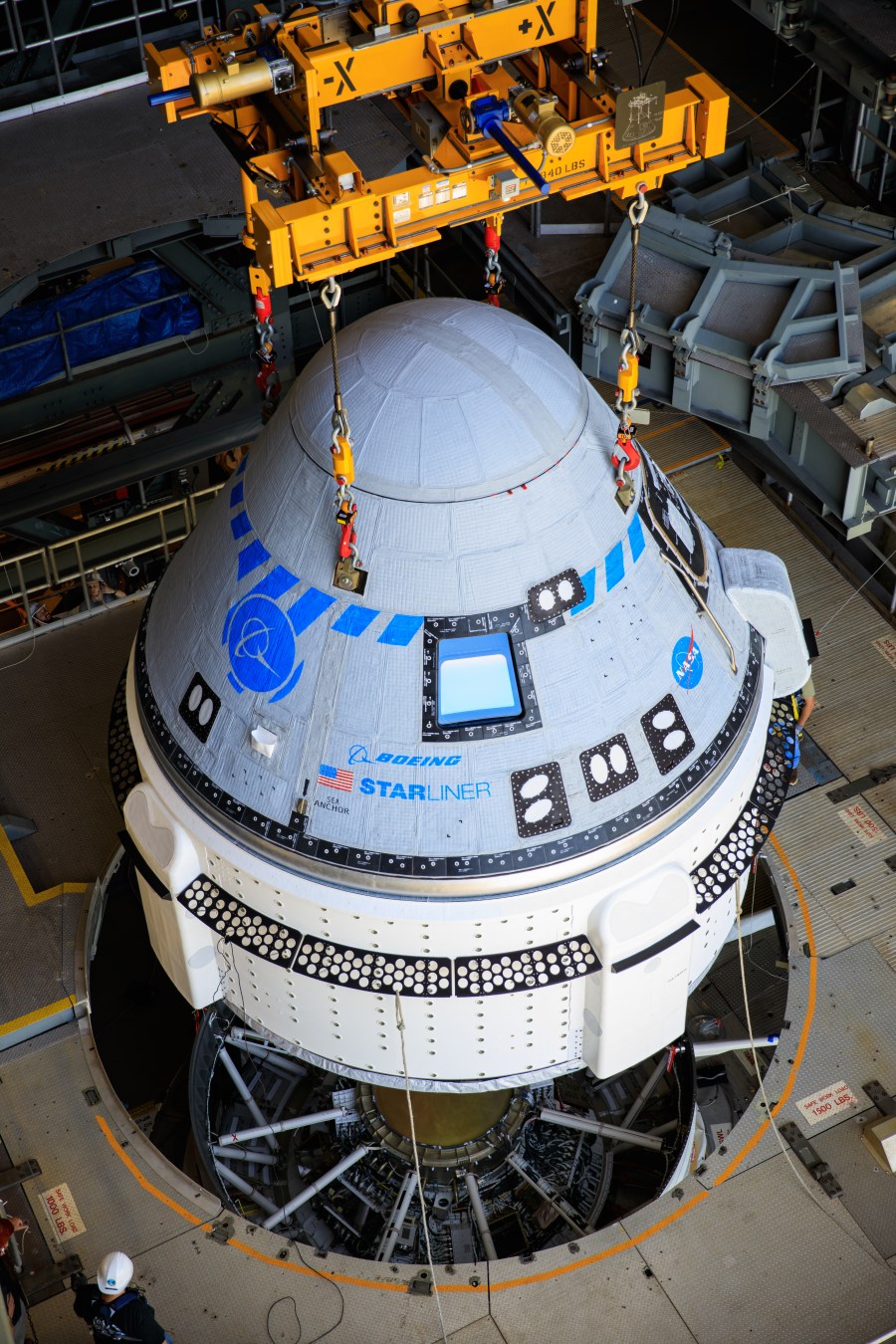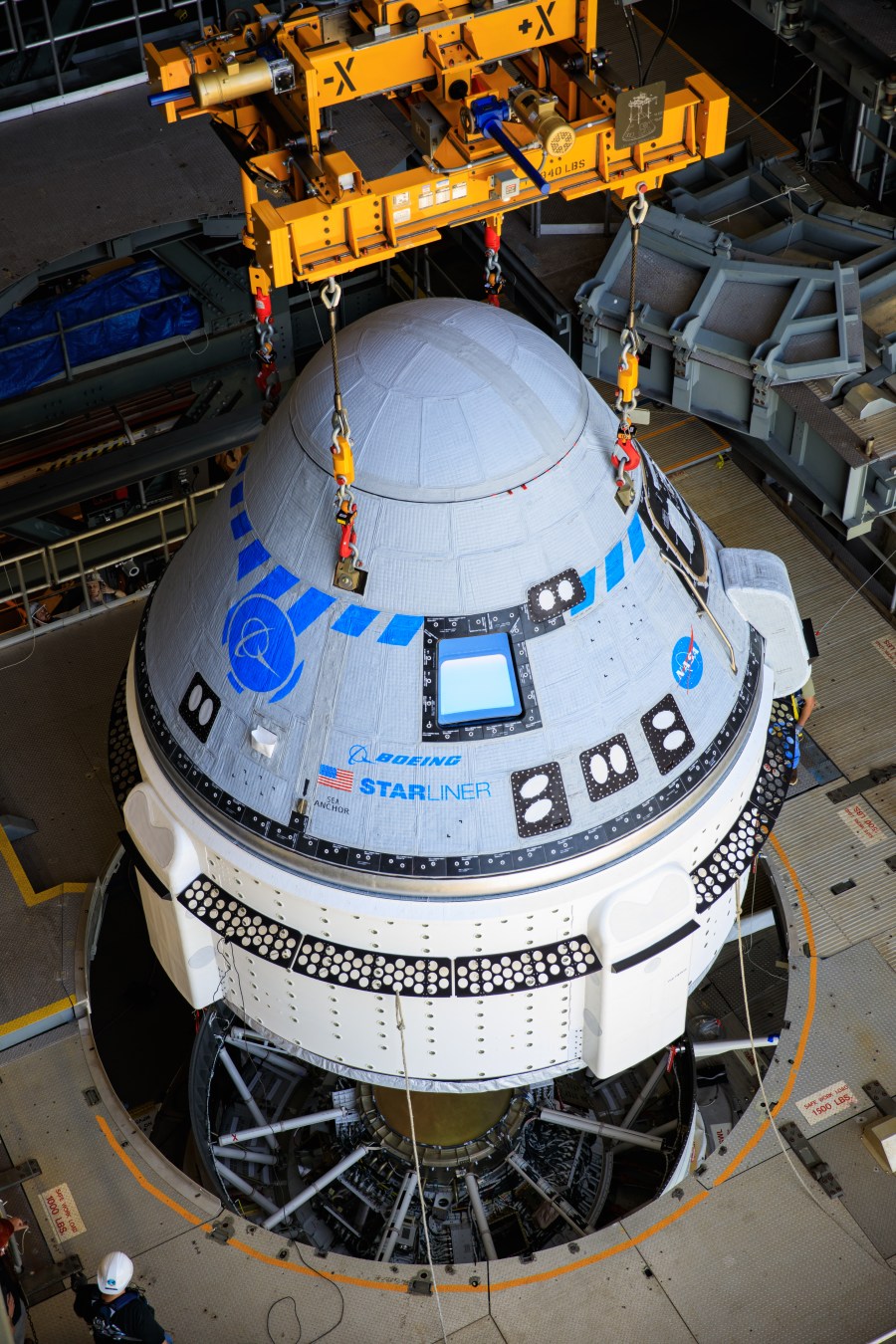Payloads: BioFabrication Facility (BFF): The crew gained access to the BFF interior volume, performed print tip replacements and syringe exchanges. This will support upcoming biological printing science activities. Using 3D biological printers to produce usable human organs has long been a dream of scientists and doctors around the globe. However, printing the tiny, complex structures …





























